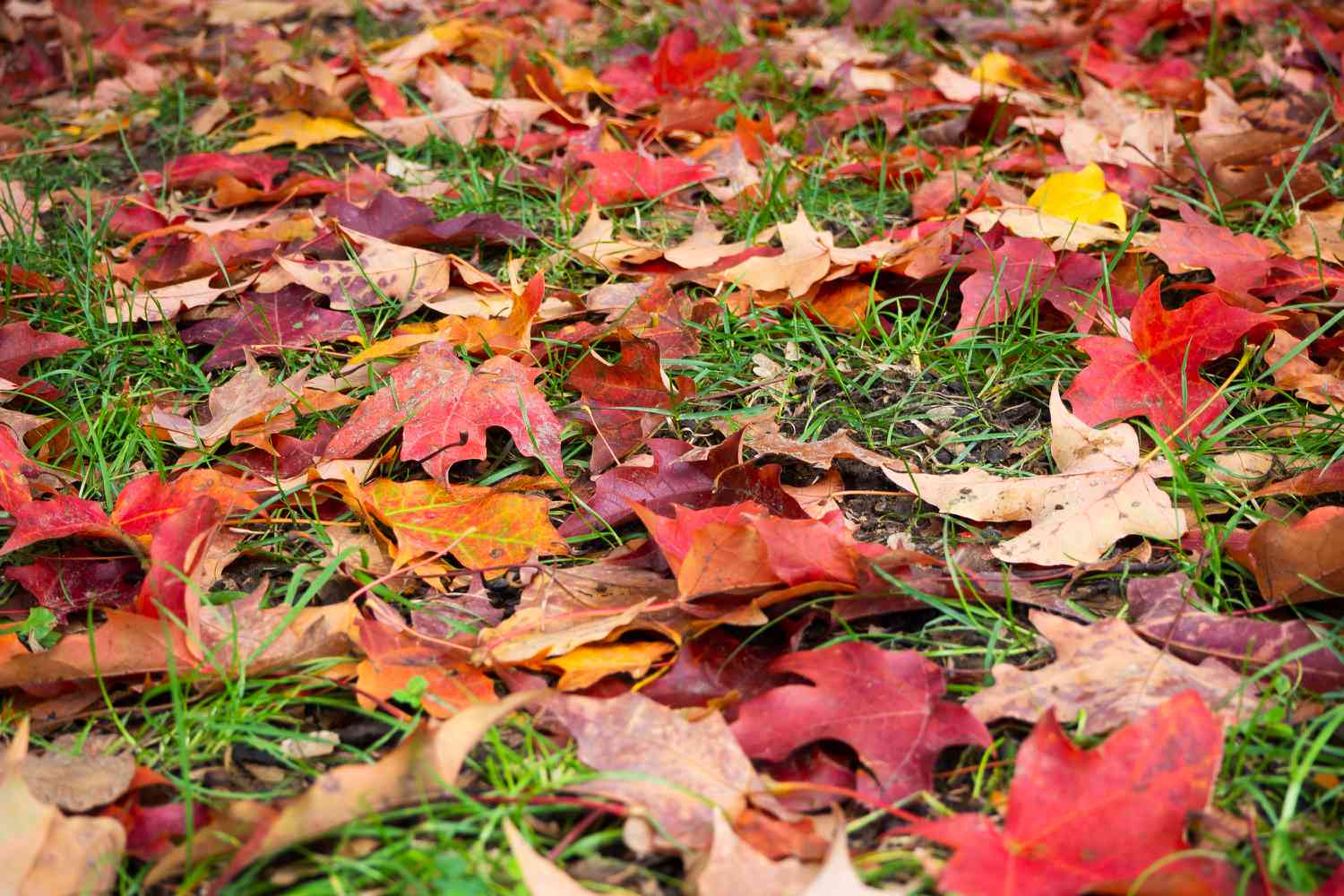-
Tips for Fall Lawn Maintenance

Autumn is an ideal time for grooming your lawn to guarantee beautiful growth in spring. The cool weather of the fall season helps grass roots develop better than during the hot days of summer. Here are a few fall lawn maintenance measures to keep your yard in great shape.
Remove the Weeds
The first step in fall lawn maintenance is weed removal. Apply post-emergent weed control as an easy way to rid your lawn of weeds. If you remove the weeds manually, pull them out by the root. Leftover roots and seeds can cause new weeds to grow.
Alternatively, you can apply herbicides. Since the plant’s roots are actively growing, fall is an excellent time to apply herbicides to prevent them from sprouting. Allow sufficient time between using herbicides and spreading new grass seeds because herbicides can prevent seeds from growing
Dethatching the Yard
Fall is a great time of year to de-thatch a lawn planted with cool season grasses. Bluegrass, ryegrass, and fescue don’t often need dethatching, but if they do, use a rake, power mower, or dethatching tool. When thatch builds up, it prevents water and nutrients from seeping into the soil and nourishing the grass.
Aerating the Lawn
If the soil on your lawn is very compacted, use a core aeration method to create openings. These openings allow water, air, and nutrients to reach the grass roots. If you are overseeding the lawn, aerate before applying seed.
Fall Lawn Maintenance: Mowing
Mowing is still necessary even during fall. The grass will grow more slowly, but it’s essential to keep it trimmed. Mowing in the fall prevents your grass from matting under heavy snow.
Apply a Nitrogen-Rich Fertilizer
Fertilize in the fall for a healthy and beautiful lawn. Fertilizer gives your yard sufficient nutrients to survive the winter season. It also helps the grass grow more robust during the spring. After aerating your lawn, apply fertilizer to ensure the nutrients reach deep into the soil.
Watering the Lawn is Part of Fall Maintenance
Watering your lawn is essential to hydrate the grass’s roots. Use a rain gauge to determine the amount of water your grass is getting. Water it if your yard gets less than an inch of moisture weekly. The best time to water your lawn is in the morning before the sun is too hot.
A fall lawn maintenance routine is not a one-size-fits-all solution. Your yard may not require aeration or dethatching. Familiarize yourself with different lawn care practices to identify your lawn’s needs.
